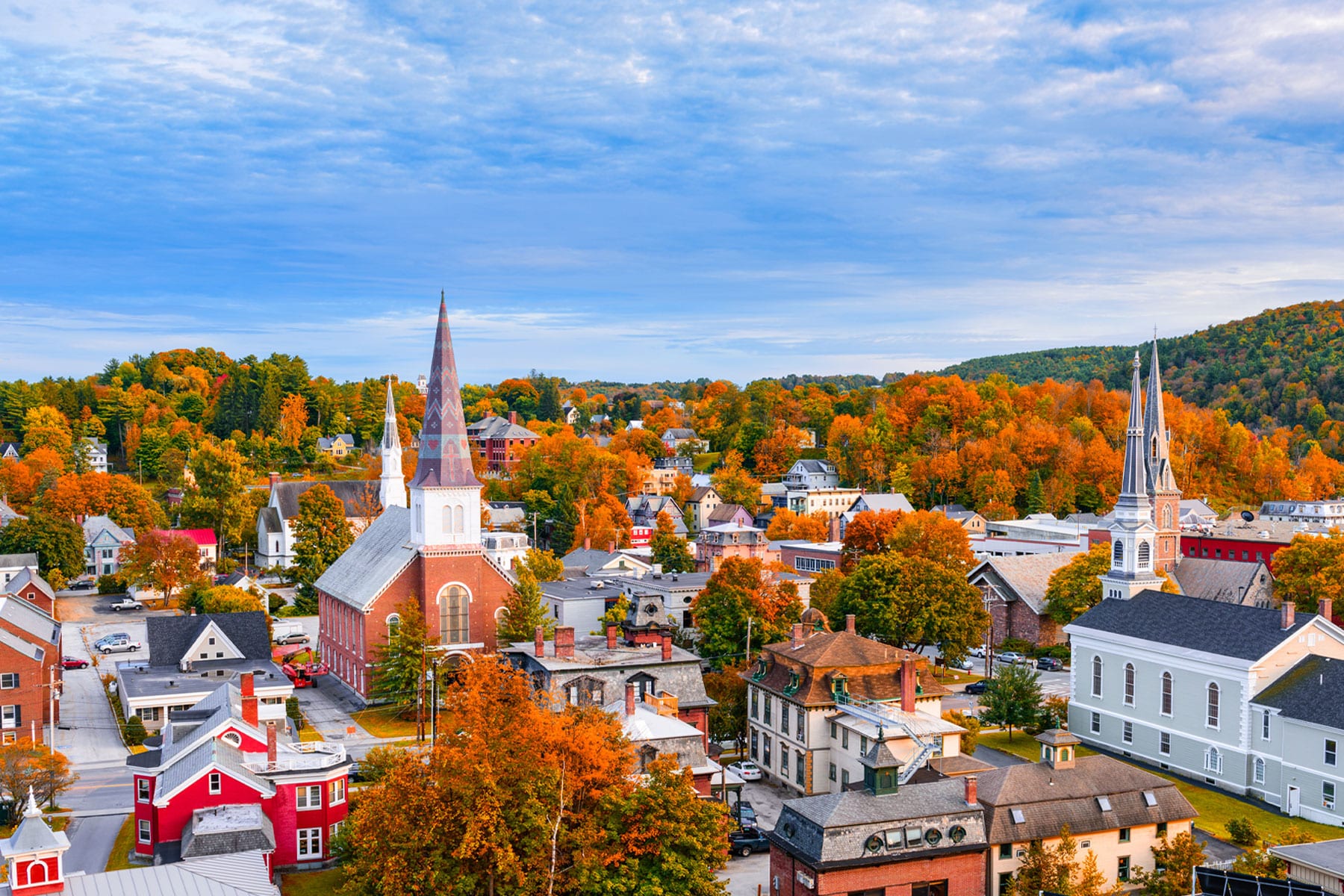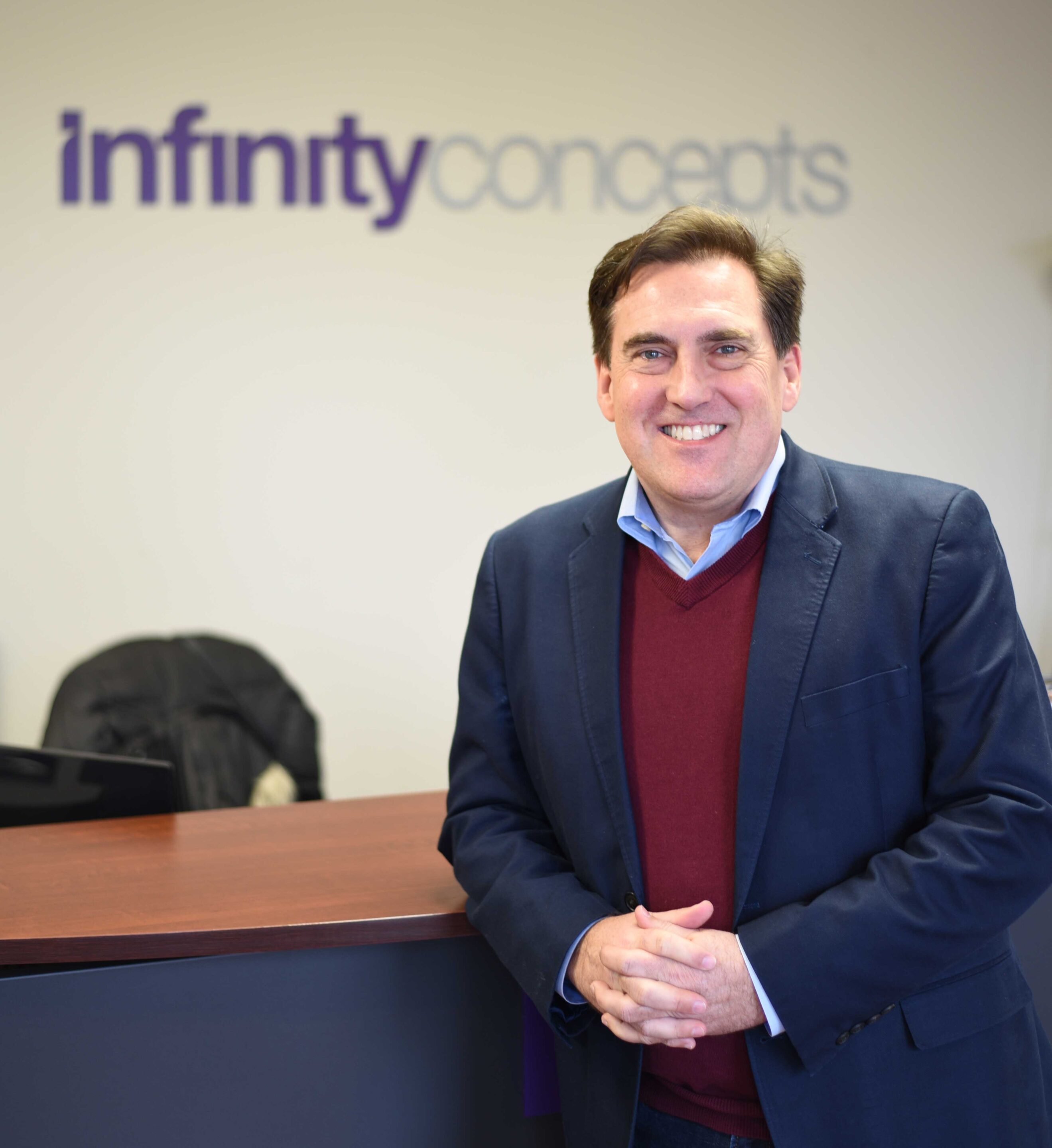The religious topography of America has been shifting significantly during the past decade. The sad and startling reality is that while many churches are experiencing growth, Christianity in America is in decline. With successive generations facing increasingly secular influences, our culture is slowly shifting away from traditional religion.
The Declining Christian Population
A recent study by Pew Research Center found that 65% of American adults surveyed describe themselves as Christians when asked about their religion. This number is down 12 percentage points from 77% just ten years ago. Conversely, people who describe themselves as atheist, agnostic, or nothing in particular has risen from 17% in 2009 to an unprecedented 26% today.
The Truth About Church Attendance
In 2009, 52% of adult Americans attended religious services at least one time per month. Just a decade ago, the majority of Americans went to church. Today, the numbers have reversed. Only 45% of adult Americans now attend religious services at least monthly, while 54% do not.
However, it is interesting to note that among Christians the percentage who attend services at least once per month remains consistent at about 62% — the same as it was in 2009. In other words, church attendance is not declining because Christians are not attending, but rather because there is a smaller percentage of Christians in the population.
One interesting exception to the trend is the percentage of Christians who are Evangelical or Born-Again is slightly higher today (59%) than in 2009 (56%).
The Future of Faith in America
If we are to believe that the trends we see today will continue to hold, it is clear that the United States is becoming less religiously observant. Based on the data, the religious landscape will likely continue to shift in the years ahead.
One of the key reasons for this is that there is a significant religious attendance and affiliation gap between the generational groups. The younger demographic groups are far less engaged in church attendance than their predecessors.
What Does This All Mean?
Certainly, this recent data gives reason for concern. However, it is also important to note that while the data reveals a trend away from traditional religion and church attendance, it also shows that over 90% of adult Americans still believe in God. While as many Americans may not be sitting in pews, the research reveals there is still spiritual hunger in America. This is an opportunity for creative and innovative new types of outreach.
In the past decade we have seen significant growth in the online community. Today most people have smart phones, high-speed Internet, and spend hours each day in front of the digital screen. This is perhaps one of the reasons we have seen significant growth in churches who have started online ministries — caring for people who watch church services on the web.
If the church is to be effective in the coming decades, it must find the people where they are and minister to them in meaningful and relevant ways. It must re-engage the culture as it wishes to be engaged. The message of the Gospel never changes, but in this busy, cluttered, noisy world our methodology must definitely change.
I believe digital communication will lead the way… church online, streaming video, digital video courses, audio podcasts, and effective social media are all components of the next generation of evangelism and discipleship.
If you would like to strategically and effectively engage an increasingly digital culture,
CLICK HERE or call us today at 724.733.1200.
- Navigating Christian TV:Maximizing Impact through Effective Program Placement - December 8, 2023
- Anticipating Direct Mail Success Through Doubling Day - July 28, 2023
- Your Brand Is Talking—What Is It Saying? - March 24, 2023



